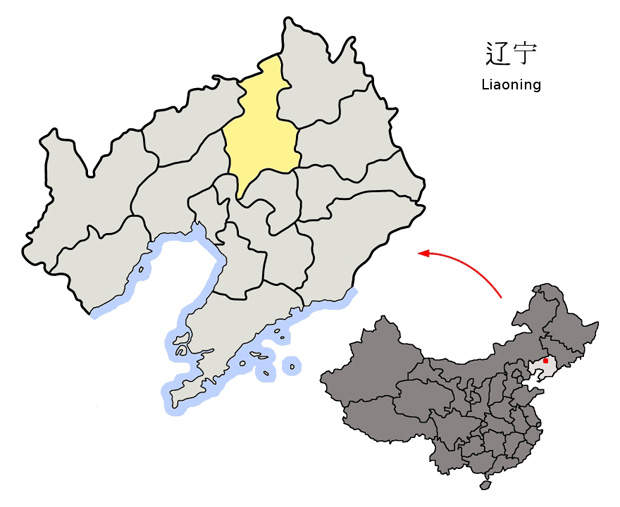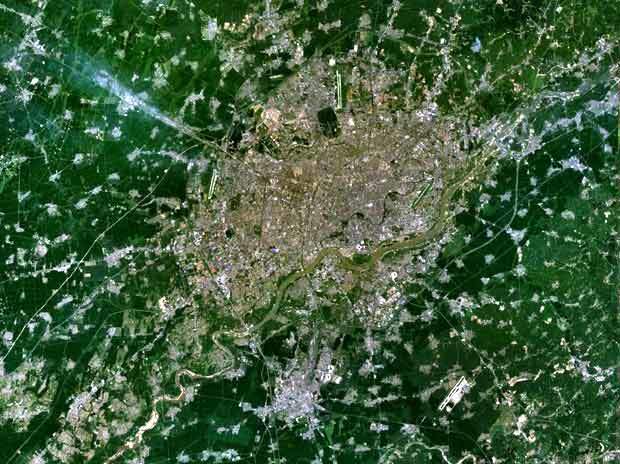The Government of Shenyang is constructing the biggest subway project in Liaoning province, north-east China. The project was approved in 2005 after 15 years of research.
Shenyang is in north-east China and has a population of more than 7.4 million. Its inter-city rail network is connected to all the major cities of China, providing connectivity to Beijing, Fushun, Harbin and Dalian. An inter-city bus service exists, but this has been over burdened because of the rising population.
The metro system was proposed to ease this burden and provide a cost-effective and comfortable transport option for the people of Shenyang.
The Shenyang metro will have five lines. The construction of the first two lines is currently in progress at an estimated cost of RMB$20bn.
In May 2009, MTR Corporation signed an agreement with the Shenyang Metro Group Company and the Shenyang Municipal Government for the operation and maintenance of lines 1 and 2 for 30 years.
Shenyang metro project
There have been plans to build a subway system for the city since 1940, but they were hindered by financial concerns and other political factors. In 2000, with the Chinese economy improving, the subway plan was revisited and approved in 2005.
Construction of line 1 began in November 2005 and the western section began operations in September 2009. Line 1 is expected to be fully operational in 2010. A 5.8km extension to the line is currently being constructed and is expected to be completed in 2010. The extension will increase the length of the line to 28km and will add another four stations.
Construction of line 2 started in November 2006 and is expected to be completed in 2012. An extension to the 19.3km line is also under construction, which will bring the total length of the line to 22km. Work on the remaining three lines has not yet started.
Metro routes
Line 1 connects Shisanhaojie in the west to the Liming Cultural Museum in the east. The line will serve a total of 22 underground stations: Shisanhaojie, Zhongyang-dajie, Qihaojie, Sihaojie, Zhangshi, Shenxinlu, Huanhgailu, Honghubejie, Zhonggongjie, Qigongjie, Baogongjie, Tiexiguangchang, Shenyangzhan, Yufengbeijie, Nangjingpie, Nanshi, Qingniandajie, Huaiyuanmen, Zhongjie, Xiaoshizjie, Pangjiangjie and Limingwenhuagong.
Line 2 runs north to south and will connect Shijiguangchang with Chongshanlu. It will have 19 underground stations including Shijiguangchang, Qichecheng, Hunhebao, Hunheqiao, Wentilu, Wenhualu, Caidianta, Qingniandajie, Zhongshanlu, Shifuguangchang, Shenyangbeizhan, Qishanlu and Chongshanlu.
Lines 1 and line 2 will meet at Qingniandajie station. The routes for lines 3, 4, and 5 have yet to be decided.
Infrastructure
Westinghouse Platform Screen Doors will equip 12 stations on line 1 with platform screen door systems. The company will supply 576 door sets.
In 2009, Fremator was selected as the supplier of doors that will be fitted to the metro’s elevators.
Signalling and communications
In November 2009, EADS Secure Networks, part of EADS Defence & Security, was chosen to install a digital TETRA radio communication system on line 1 of the metro. EADS will supply a DXTip switch and five dispatcher stations. The company will also supply 23 base stations and TETRA radios.
EADS will work in collaboration with system integrator Shenyang Neusoft to develop applications based on the TETRA system. In addition, EADS will provide training and technical support services.
Ansaldo STS has been contracted to supply a communications-based train control (CBTC) system for line 1 of the metro. The CBTC system consists of a central automatic train supervision subsystem and a data communications subsystem. It also features of a Wayside subsystem that includes zone controllers and interlocking controllers. Carborne controllers are also part of the system. The CBTC will improve train operations and protect against collisions and excessive speed.
Future
Future expansion plans for the metro include increasing the number of lines to 11. Feasibility studies for line 4 and commercial viability of the extension plan are currently being explored.
To provide connectivity between bus services and the subway stations, 20 bus stops are being planned.






